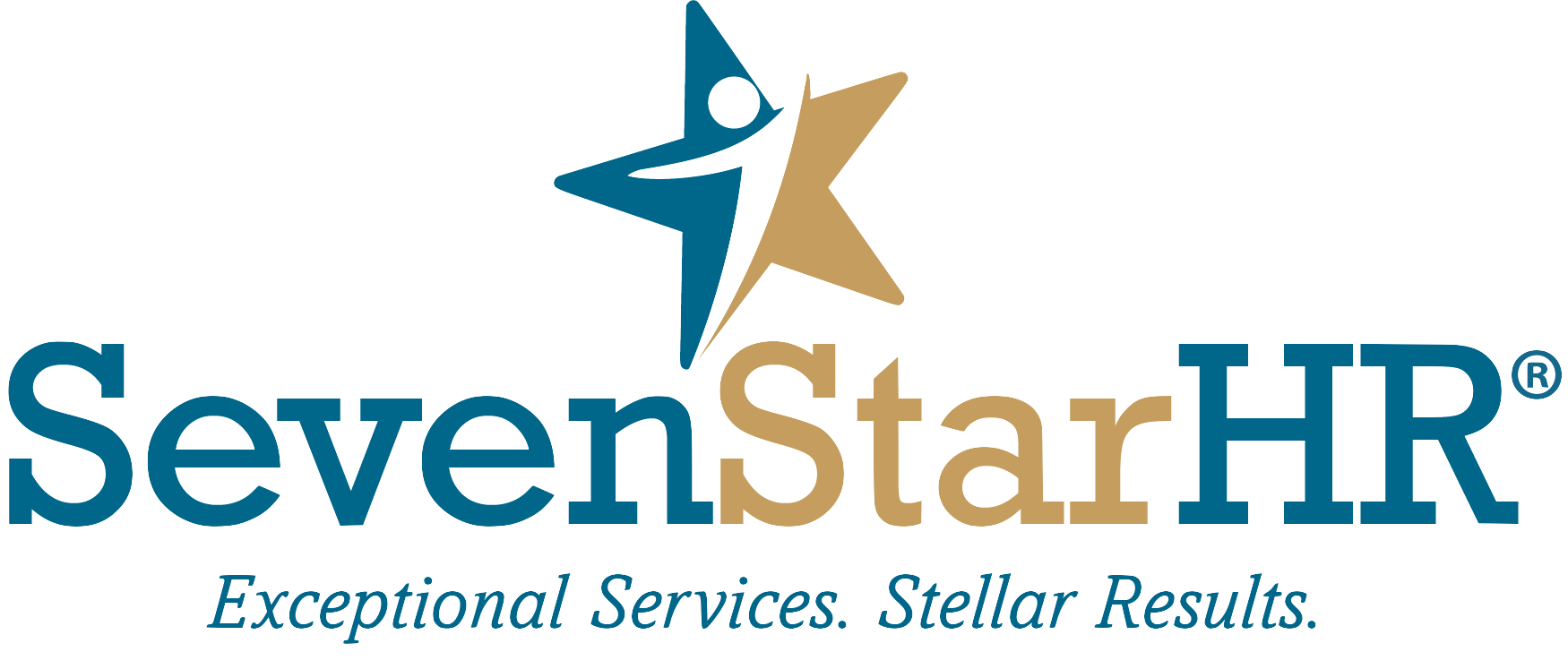“Job Catfishing” is Real: Why Clear Hiring Communication Is Your Secret Weapon
You’ve heard of catfishing in dating—but in the workplace? Yep, it’s happening. And it’s leaving a trail of disappointed hires, disengaged employees, and sky-high turnover rates in its wake.
Nothing breaks employee trust faster than misleading job descriptions, unclear expectations, and vague promises.
Think of hiring like writing a dating profile: what you put out there needs to reflect the real experience. If a candidate swipes right on your job ad but walks into something entirely different on Day 1, you’ve got a problem.
Let’s explore how “job catfishing” happens, why it hurts your brand, and how to build more honest, human-centric hiring practices that work in 2025 and beyond.
1. The Trust Breakdown: When Reality Doesn’t Match the Role
First-day reality shock is killing retention—and your employer brand.
A staggering 79% of U.S. workers say their job didn’t match the description they were given during the hiring process, according to a March report from Monster. Dig deeper, and the disconnects become clearer:
49% said responsibilities were different than promised
21% felt the culture was misrepresented
9% cited exaggerated pay or perks
These misalignments aren’t just awkward—they’re expensive. Employees who feel blindsided are more likely to leave within the first 90 days, leave negative reviews, and share their frustrations with peers.
2. Clear Is Kind: Why Transparency Wins Every Time
Fluffy buzzwords don’t pay the bills—or explain what the job actually is.
Job descriptions full of clichés like “rockstar” or “fast-paced environment” aren’t helpful—they’re confusing. Candidates want specifics.
To fix this, be crystal clear about:
Daily responsibilities (give real examples!)
Team dynamics and reporting structure
Work environment, flexibility, and performance expectations
Benefits—without inflating them
To make sure you’re getting it right, involve current team members in writing or reviewing the job description. They know better than anyone what the role actually looks like.
Organizations that prioritize clarity in job descriptions see up to 25% lower turnover—because people know what they’re signing up for.
3. From Process to Experience: Treat Hiring Like a Relationship
Hiring is all about the first impression.
Too many hiring processes feel cold, rigid, and transactional. But candidates are humans, not data points. Creating a candidate-first experience builds trust from the start.
That means:
Offering realistic previews of the role (videos, Q&A sessions, team intros)
Responding to applications promptly
Personalizing communication instead of relying on automated templates
When candidates feel respected and informed, they’re more likely to accept offers—and stay.
4. Rethink ‘Time-to-Hire’: It’s Not Just About Speed
Yes, speed matters—but not at the cost of accuracy.
Too often, companies push to fill roles quickly without ensuring alignment on expectations. That rush can lead to poor-fit hires who burn out fast.
A better approach? Balance efficiency with thoughtfulness. Prioritize long-term fit, not just fast placement.
Try tracking:
Candidate satisfaction scores
90-day retention rates
Post-hire expectation alignment (via simple surveys)
It’s worth it—replacing a bad hire can cost up to 30% of their annual salary.
5. Design for Quality, Not Just Volume
You can’t fix what’s broken if you keep using the same blueprint.
Many recruiting systems were built to manage high volumes, not to ensure the right fit. To truly solve “job catfishing,” you have to redesign your hiring process from the inside out.
That includes:
Auditing every step of the candidate journey for gaps or mixed messages
Empowering recruiters to challenge vague or unrealistic job briefs
Using smart tools—like AI screening platforms—to assess alignment, not just keywords
The Bottom Line
Catfishing candidates leads to poor retention, broken trust, and a damaged employer brand.
If you want to build teams that stick, communicate clearly, hire intentionally, and design every hiring touchpoint with the human experience in mind.
Because when people know exactly what they’re signing up for, they show up stronger, stay longer, and thrive.
